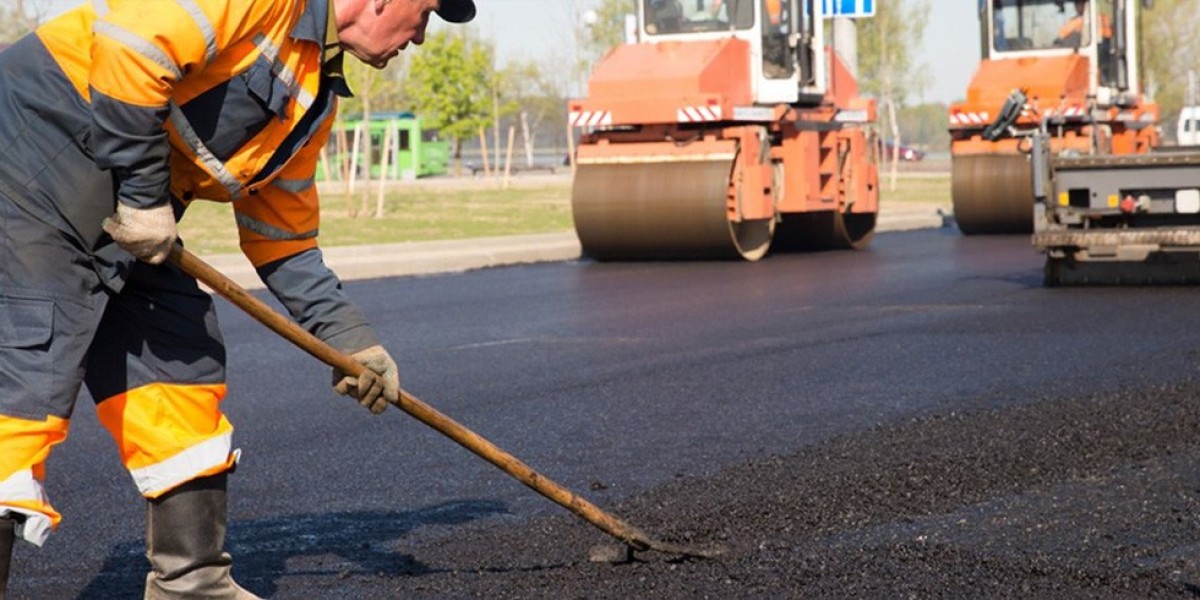Road construction is a complex and essential undertaking that plays a crucial role in facilitating transportation and connectivity. Whether you are a civil engineer, a construction professional, or simply curious about how roads are built, understanding the techniques involved in road construction is valuable. In this comprehensive guide, we will take you through the various stages and techniques involved in road construction , from initial planning to the final Road resurfacing ireland.
1. Planning and Design
Before breaking ground on a new road project, careful planning and design are essential. This phase involves:
Route Selection: Identifying the most suitable path for the road, taking into account factors such as terrain, traffic flow, and environmental impact.
Engineering Design: Creating detailed engineering plans that specify road width, alignment, drainage systems, and materials to be used.
Environmental Impact Assessment: Evaluating the potential environmental effects of the road project and implementing measures to minimize negative impacts.
2. Earthwork and Grading
Once the design is finalized, the construction process begins with earthwork and grading:
Clearing and Grubbing: Removing trees, vegetation, and debris from the construction area.
Excavation: Digging and removing earth to create a level surface for the road.
Grading: Shaping the roadbed to the desired contours using heavy machinery like bulldozers and graders.
3. Subbase and Base Course
The subbase and base course layers provide stability and support for the road. These layers may consist of materials like crushed stone, gravel, or aggregate:
Subbase: The lower layer that helps distribute loads and prevents settling.
Base Course: The upper layer that provides a smooth surface for paving.
4. Paving
Paving is a critical phase in road construction, ensuring a durable and smooth driving surface:
Asphalt Paving: Asphalt is a common choice for road surfaces due to its durability and flexibility. It is applied in layers, with each layer compacted and leveled.
Concrete Paving: Concrete is used for high-traffic and heavy-duty roads. It offers long-term durability but requires more time for curing.
5. Drainage Systems
Proper drainage is vital to prevent water from undermining the road structure. Techniques for effective drainage include:
Culverts: Structures that allow water to pass under the road.
Ditches and Swales: Designed to channel water away from the road.
6. Road Marking and Signage
Once the road surface is complete, road marking and signage are essential for safety and navigation:
Lane Markings: Painted lines indicating lane boundaries and traffic flow.
Traffic Signs: Including speed limits, warnings, and directional signs.
7. Road Safety Features
To enhance road safety, additional features may be incorporated:
Guardrails: Protective barriers to prevent vehicles from leaving the road.
Reflective Markings: Enhancing visibility during nighttime driving.
Street Lighting: Illuminating the road for safe driving at night.
8. Quality Control and Inspection
Throughout the construction process, quality control measures are implemented to ensure that the road meets design specifications and safety standards. Inspections, testing, and adjustments are made as needed.
9. Final Inspection and Handover
Before the road is opened to the public, a final inspection is conducted to ensure it meets all requirements. Once approved, the road is officially handed over for public use.
10. Maintenance and Rehabilitation
Proper maintenance is crucial for prolonging the life of the road. This includes routine inspections, repairs, and periodic resurfacing or rehabilitation as the road ages.
Tutorial: How to Ensure Proper Road Maintenance
Maintaining roads and driveways is essential for safety and preserving their functionality. Property owners can take proactive steps to ensure proper road maintenance with the following step-by-step tutorial:
Step 1: Regular Inspections
- Conduct routine inspections to identify cracks, potholes, and drainage issues.
Step 2: Repair Minor Damage
- Fill small cracks and potholes with appropriate sealants or patching materials.
Step 3: Clear Debris
- Remove leaves, branches, and debris from the road's surface and drainage systems.
Step 4: Maintain Drainage
- Keep ditches, culverts, and drains clear to prevent water damage.
Step 5: Snow and Ice Removal
- In cold climates, ensure prompt snow and ice removal to prevent accidents.
Step 6: Professional Help
- When major repairs or resurfacing is needed, consult with a professional contractor.
Success Stories: Case Study - Transforming a Local Road with Mactar
Client Profile:
- Local municipality with a deteriorating, unsafe road.
Challenge:
- The road was riddled with potholes, causing accidents and hindering transportation.
Solution:
- Mactar was contracted to resurface the road using high-quality asphalt and advanced paving techniques.
Results:
- The transformed road now provides a smooth, safe, and durable surface for local residents and commuters.
- Accident rates have significantly decreased, and the road's lifespan has been extended.
Got questions about, road gullies, drainage gullies, asphalt, or tarmacadam? Our team of experts is at your service. Reach out with your queries, and rest assured, we have the perfect solution waiting for you.
A Spectrum of Services
Mactar’s commitment goes beyond drainage gullies. Explore our wide array of services, encompassing Civil Engineering, Road Construction, Routine Maintenance, and even Hot Box Hire.
In conclusion, road construction involves a multitude of techniques and phases, from meticulous planning to final surfacing. Proper road maintenance is equally important for safety and longevity. Success stories like the one involving Mactar demonstrate the transformative impact of quality road construction and maintenance on communities and transportation networks.








